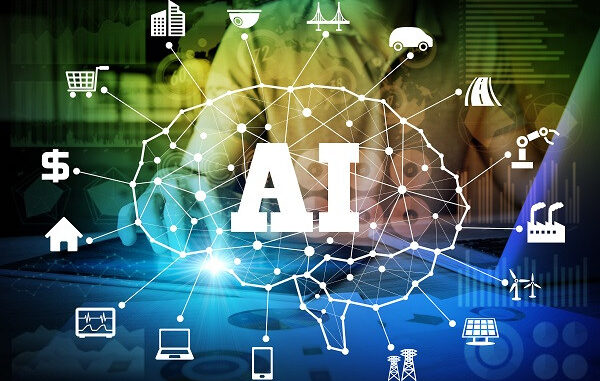
AI and machine learning (ML) encompass a wide range of approaches and techniques used to analyze data, make predictions, and automate decision-making. Here are some prominent approaches and categories within the field of machine learning:
1. Supervised Learning – In supervised learning, the model is trained on a labeled dataset, which means that each training example is paired with an output label. The goal is for the model to learn a mapping from inputs to outputs.









– **Common Algorithms:**
– Linear Regression
– Logistic Regression
– Decision Trees
– Support Vector Machines (SVM)
– Neural Networks
– Ensemble Methods (e.g., Random Forest, Gradient Boosting)
### 2. **Unsupervised Learning**
Unsupervised learning involves training on data without labeled responses. The goal is to find patterns, groupings, or structures within the data.
– **Common Algorithms:**
– K-Means Clustering
– Hierarchical Clustering
– Principal Component Analysis (PCA)
– T-Distributed Stochastic Neighbor Embedding (t-SNE)
– Autoencoders
### 3. **Semi-Supervised Learning**
This approach combines a small amount of labeled data with a large amount of unlabeled data during training. It leverages the advantages of both supervised and unsupervised learning.
### 4. **Reinforcement Learning**
Reinforcement learning (RL) is a type of ML where an agent learns to make decisions by performing actions in an environment to maximize cumulative reward. The learning process is guided by trial and error.
– **Common Algorithms:**
– Q-Learning
– Deep Q-Networks (DQN)
– Policy Gradient Methods
– Proximal Policy Optimization (PPO)
### 5. **Deep Learning**
Deep learning is a subfield of machine learning that uses neural networks with many layers (deep neural networks). It is particularly effective for tasks such as image and speech recognition.
– **Popular Architectures:**
– Convolutional Neural Networks (CNNs) for image tasks
– Recurrent Neural Networks (RNNs) and Long Short-Term Memory networks (LSTMs) for sequential data
– Transformers for NLP tasks
### 6. **Transfer Learning**
This approach involves taking a pre-trained model on one task and fine-tuning it for a different but related task, which can reduce the amount of labeled data needed.
### 7. **Anomaly Detection**
Anomaly detection techniques are used to identify data points that deviate significantly from the rest of the data. This is often used in fraud detection, network security, and fault detection.
### 8. **Meta-Learning**
Also known as “learning to learn,” meta-learning focuses on developing algorithms that can learn new tasks and adapt quickly based on limited training data.
### 9. **Generative Models**
Generative models learn to generate new data points from the same distribution as the training data. They can be used for tasks such as image synthesis and data augmentation.
– **Common Models:**
– Generative Adversarial Networks (GANs)
– Variational Autoencoders (VAEs)
### 10. **Feature Engineering and Selection**
This involves creating new input features or selecting a subset of relevant features to enhance model performance.
### 11. **Explainable AI (XAI)**
With the increasing use of ML, there is a growing need to understand how models make decisions. XAI involves techniques to make the output of ML systems more interpretable and understandable to humans.
### Conclusion
Each approach has its own strengths, weaknesses, and best-use scenarios. The choice of approach depends on the problem at hand, the type of data available, and the specific requirements of the task. Understanding these approaches allows practitioners to choose the most appropriate method for their applications in AI and machine learning.


Leave a Reply